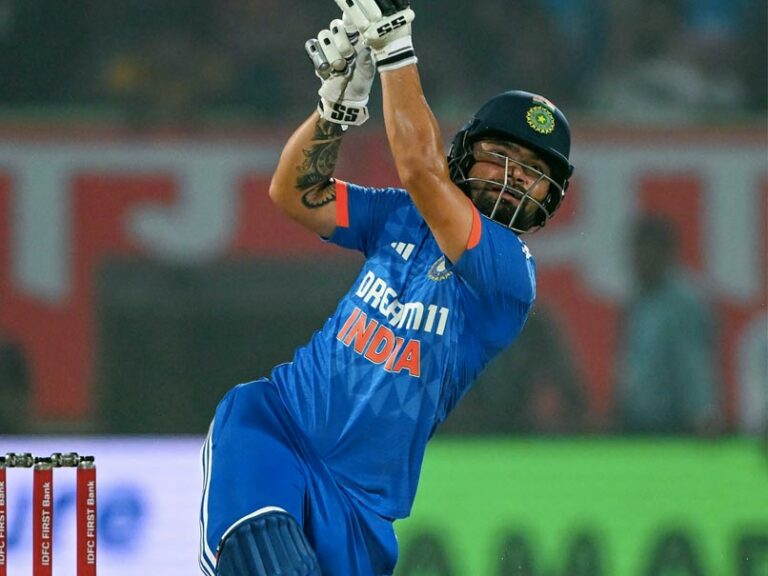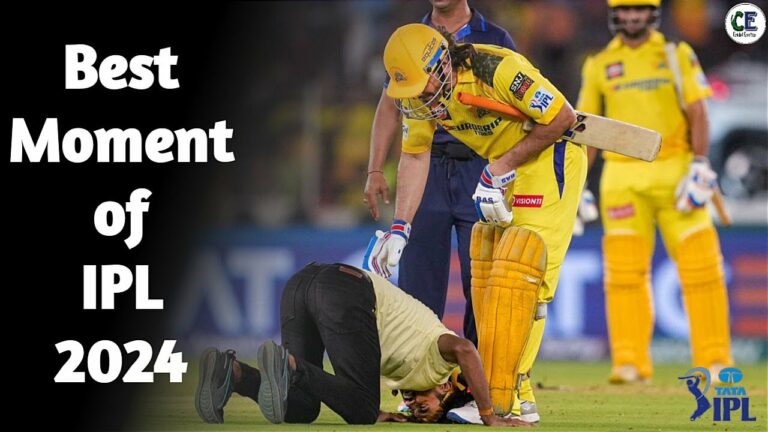Sustainability in Cricket Glove Manufacturing
Online Cricket ID, 11xplay: Cricket glove manufacturing involves the use of a variety of materials to ensure durability, comfort, and protection for the players. One of the primary materials used in the production of cricket gloves is leather. Leather is favored for its flexibility, strength, and ability to provide a good grip on the bat. In addition to leather, manufacturers also use synthetic materials such as polyurethane and mesh to enhance breathability and flexibility in the gloves.
Furthermore, foam padding is another essential material incorporated into cricket gloves to absorb shock and provide added protection to the hands and fingers during gameplay. This padding is strategically placed in key areas of the glove to reduce the impact of bowlers’ deliveries and hard-hit shots by the batsmen. By carefully selecting and combining these materials, cricket glove manufacturers strive to create high-quality products that meet the performance needs and safety requirements of cricket players at all levels.
Impact of Traditional Manufacturing Practices on the Environment
Manufacturing practices in the production of cricket gloves have a significant impact on the environment. The use of synthetic materials and chemical treatments in traditional manufacturing processes can result in harmful emissions and pollution. The energy-intensive manufacturing methods contribute to greenhouse gas emissions and resource depletion, further exacerbating environmental degradation.
Additionally, the disposal of waste generated during the manufacturing process poses a threat to the environment. Improper disposal of chemicals and materials used in glove production can contaminate soil and water sources, leading to long-term environmental repercussions. As the demand for cricket gloves continues to rise, it is crucial for manufacturers to adopt sustainable practices that minimize the environmental footprint of their operations.
What are some common materials used in cricket glove manufacturing?
Some common materials used in cricket glove manufacturing include leather, cotton, synthetic materials, and padding materials like foam or gel.
How do traditional manufacturing practices impact the environment?
Traditional manufacturing practices can have a negative impact on the environment due to high energy consumption, emissions of greenhouse gases, generation of waste materials, and pollution of air and water sources.
What are some ways to reduce the environmental impact of traditional manufacturing practices?
Some ways to reduce the environmental impact of traditional manufacturing practices include using eco-friendly materials, improving energy efficiency, implementing waste management practices, and investing in renewable energy sources.
Are there any regulations or standards in place to address the environmental impact of manufacturing practices?
Yes, there are regulations and standards in place at both national and international levels to address the environmental impact of manufacturing practices, such as emissions standards, waste management regulations, and sustainability certifications.
How can consumers contribute to reducing the environmental impact of manufacturing practices?
Consumers can contribute to reducing the environmental impact of manufacturing practices by choosing products made from sustainable materials, supporting companies with eco-friendly practices, and properly disposing of products at the end of their lifecycle.







